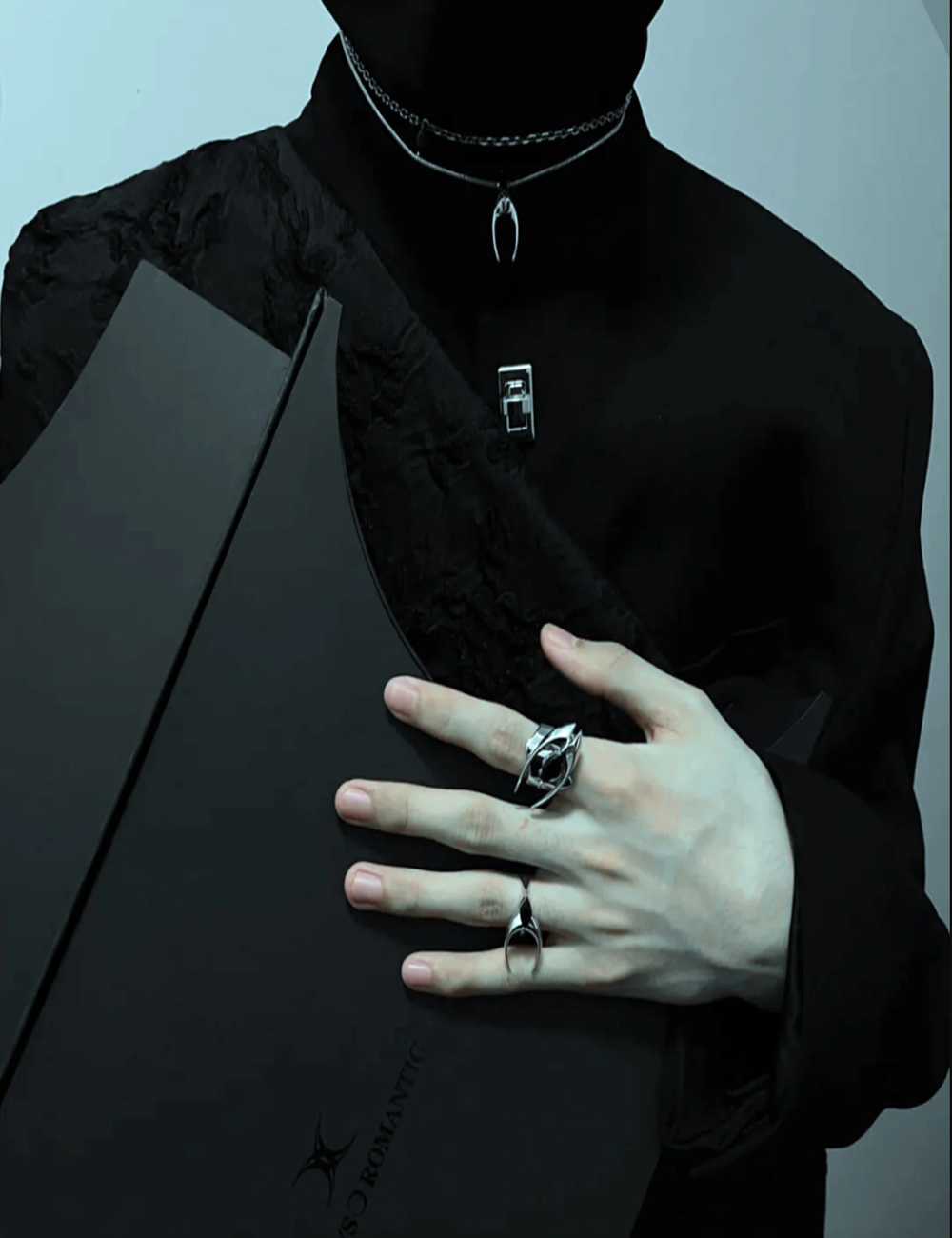
Entendiendo la reproducción asexual: una perspectiva para las familias LGBTQ+
|
|
Tiempo de lectura 2 min
|
|
Tiempo de lectura 2 min
En el vibrante tapiz de la vida, la diversidad de estructuras familiares y métodos de reproducción reflejan la naturaleza ilimitada de las relaciones e identidades humanas. La reproducción asexual, un proceso natural en muchos organismos, presenta una metáfora intrigante para las personas LGBTQ+ que exploran caminos alternativos hacia la paternidad. Este artículo profundiza en qué es la reproducción asexual, cómo las personas LGBTQ+ pueden lograr la paternidad y aborda la curiosidad en torno a la orientación sexual de sus hijos.
Por qué puede confiar en nosotros:
Somos un diseñador y fabricante profesional de joyas desde hace más de 10 años.
Hemos trabajado con éxito para docenas de marcas internacionales y hemos creado nuestra propia marca de joyería OLUV Jewelry .
Contamos con más de 10 diseñadores que se han dedicado al diseño de joyas durante más de 5 años , y nos mantenemos al tanto de las tendencias y tendencias de la moda, para que podamos diseñar accesorios de joyería únicos.
¿Quieres saber más? Visita nuestra tienda OLUV JEWELRY
La reproducción asexual es un modo de reproducción que no implica la fusión de gametos. En cambio, un solo organismo puede reproducirse de forma independiente, creando descendencia genéticamente idéntica. Este proceso, común en plantas, bacterias y algunos animales, incluye métodos como la fisión binaria, la gemación y la propagación vegetativa.
Si bien la reproducción asexual es un concepto biológico, inspira la comprensión de que la vida puede florecer de muchas maneras, sin las limitaciones convencionales. Para las personas LGBTQ+, esto puede simbolizar los caminos diversos y creativos para formar una familia.
Una pregunta común entre los padres LGBTQ+ y sus aliados es si es probable que sus hijos también sean LGBTQ+. Si bien la orientación sexual y la identidad de género son rasgos complejos influenciados por una combinación de factores genéticos, ambientales y sociales, tener padres LGBTQ+ no necesariamente determina la orientación sexual o la identidad de género de un niño.
Las investigaciones indican que los hijos de padres LGBTQ+ tienen las mismas probabilidades de ser heterosexuales o cisgénero que los hijos de padres heterosexuales. La conclusión clave es que estos niños suelen crecer en entornos abiertos y tolerantes donde pueden explorar sus identidades libremente y sin prejuicios.
La esencia de la cultura LGBTQ+ es la celebración de la diversidad y la libertad de vivir de manera auténtica. Las familias LGBTQ+ encarnan estos valores y demuestran que el amor y el apoyo son los verdaderos cimientos de una familia, independientemente de las conexiones biológicas.
Al aceptar diversos métodos para lograr la paternidad, las personas LGBTQ+ demuestran resiliencia y creatividad, creando narrativas familiares que son únicas y universales. Estas historias contribuyen al rico mosaico de la experiencia humana, ilustrando que existen innumerables formas de nutrir y hacer crecer una familia.
Productos imprescindibles para principiantes
